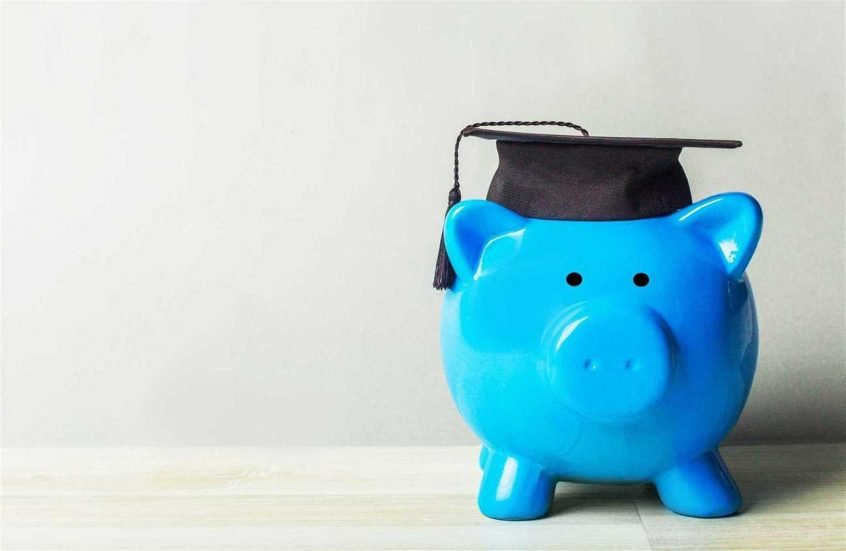There is solid evidence that getting post-secondary education is one of the most valuable investments you can make in yourself or your child. There’s no doubt that some degrees lead to better returns than others, but the evidence is very clear that having a degree is one of the most consequential factors in what your lifetime income will be. With the costs of education increasing all the time, it’s more important than ever to save for your child’s education. Here are a few ways you can go about it:
Invest in RESPs
Registered Education Savings Plans are specially designed savings plans that can be used to fund your child’s education. There are three main advantages to RESPs. The first is that they are not taxed as savings. Instead, they are taxed when withdrawn by the student, who will likely have little-to-no other income, so the taxes will be either very low or non-existent. The second advantage is that the Government contributes to RESPs in a number of ways, including the Canada Education Savings Grant and the Canada Learning Bond. Thirdly, provincial governments will occasionally offer incentives for RESP holders, though as of the writing of this article, only BC has such a program in place.
Create a Budget
When you’re looking to save money, especially for a particular cause, budgeting is your friend. At Compass Accounting, we can help you figure out what your target should be for RESP savings and then help you deduce how much you should be contributing each week towards that target. More often than not, you can put a relatively small amount of money into an RESP every week and have it mature into a fund that will pay for several years of your child’s post-secondary education.
Talk to Your Family
One way to increase the contributions you make to RESPs is to talk to friends and family who give your child gifts. Ask them if they would be comfortable dividing their gift budget in half, putting one half towards a gift for your child and the other half as an RESP contribution. Over the course of 18 years this can add up to a lot of contributions and your child will (hopefully) be more than happy with the gifts they receive.
Get Creative
Saving for anything involves a holistic evaluation of your finances. What kind of credit cards are you using? You might opt to switch out travel cards for cash back cards and invest the cash back into your child’s RESP. You might opt to eat out less often, buy groceries from discount grocers, and sell items in your home you’re no longer using. Financial planning is an important step to saving up for anything you might want. With a little ingenuity and planning, you’ll soon have enough cash to secure your child’s education.

